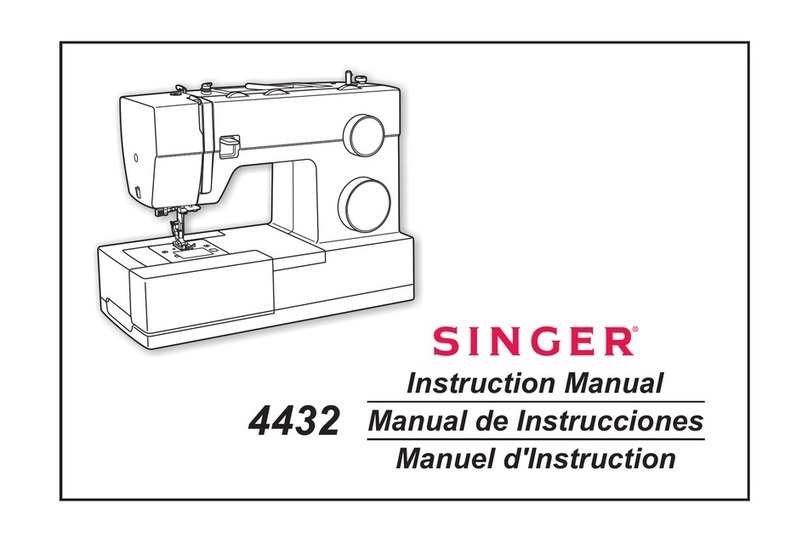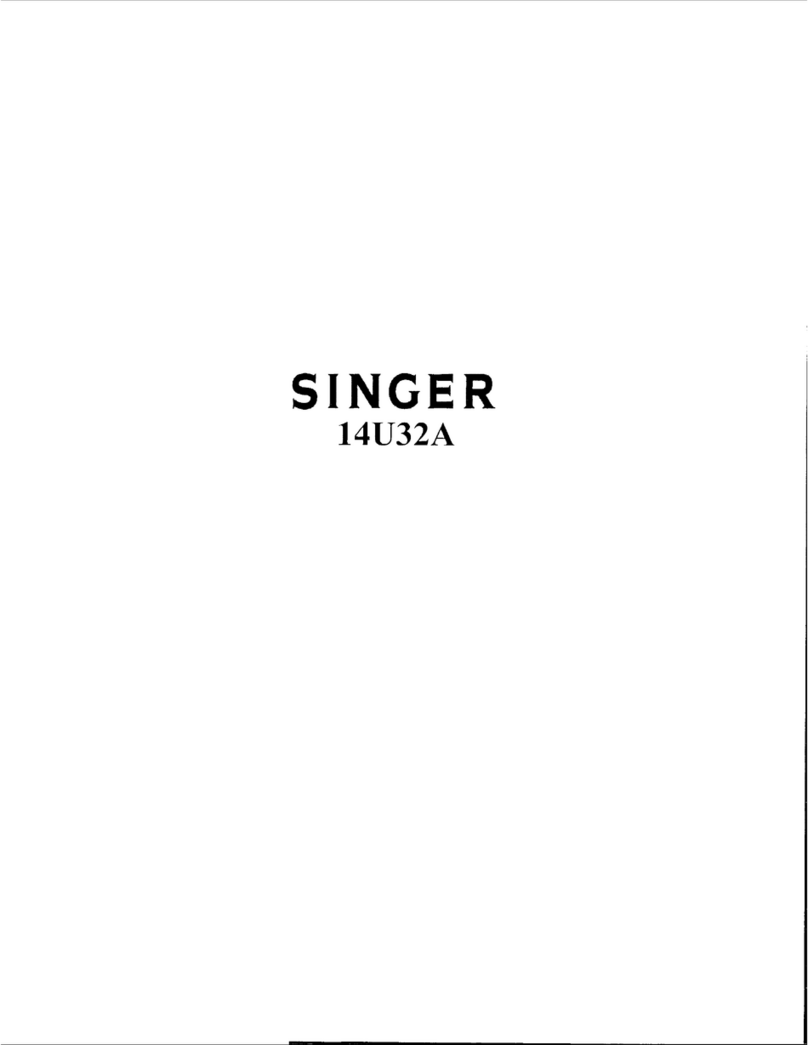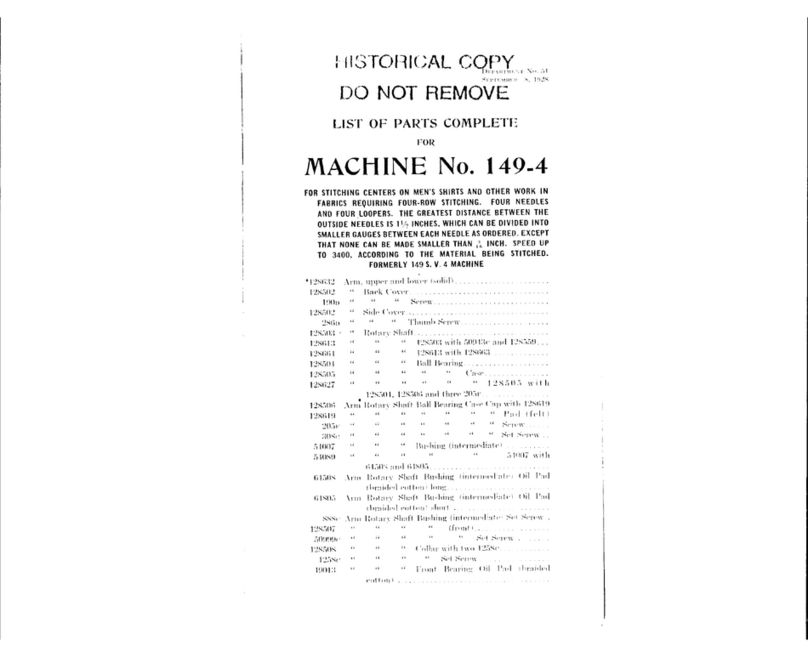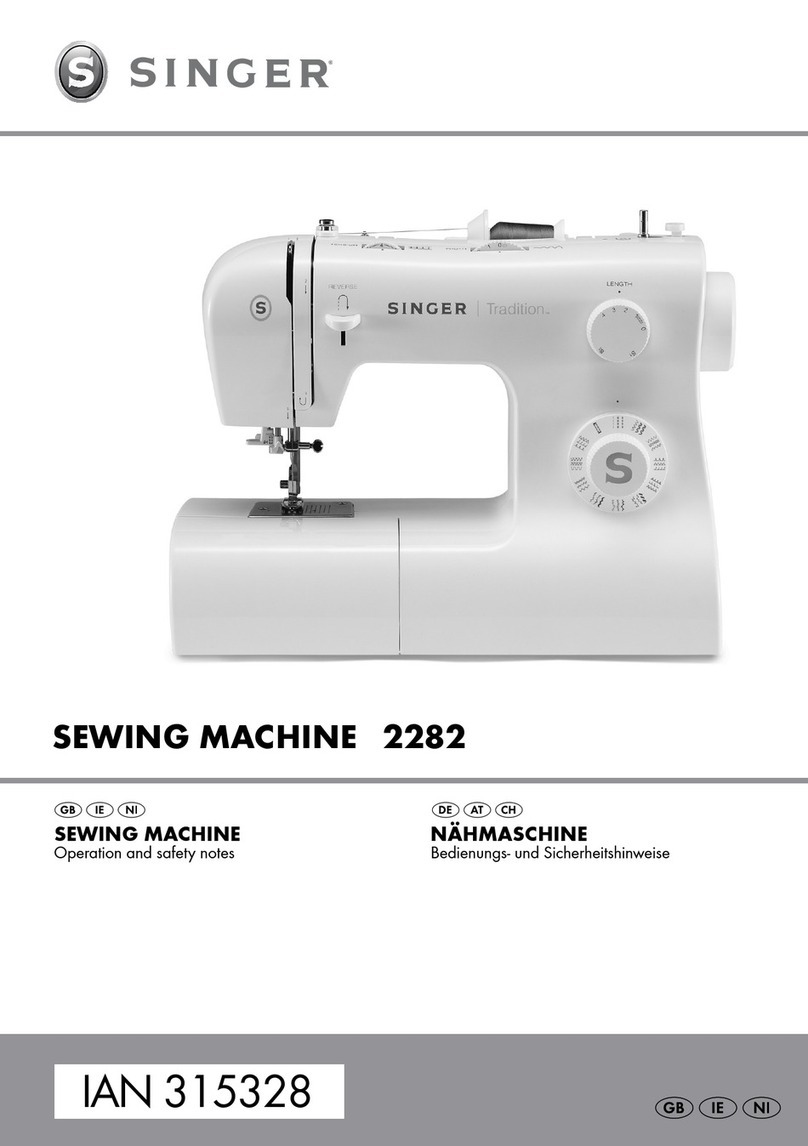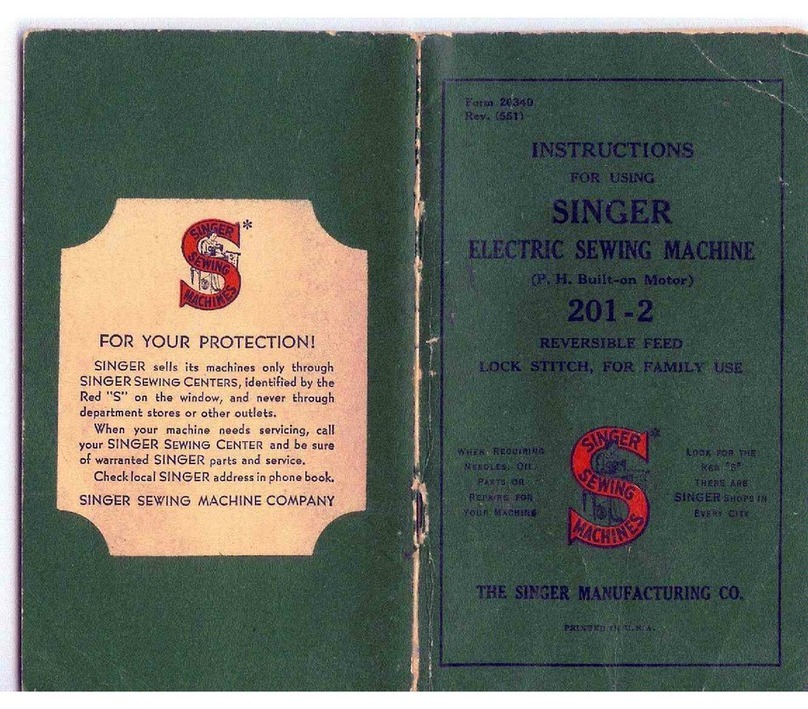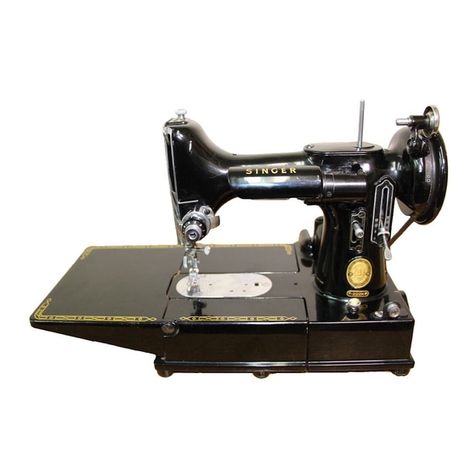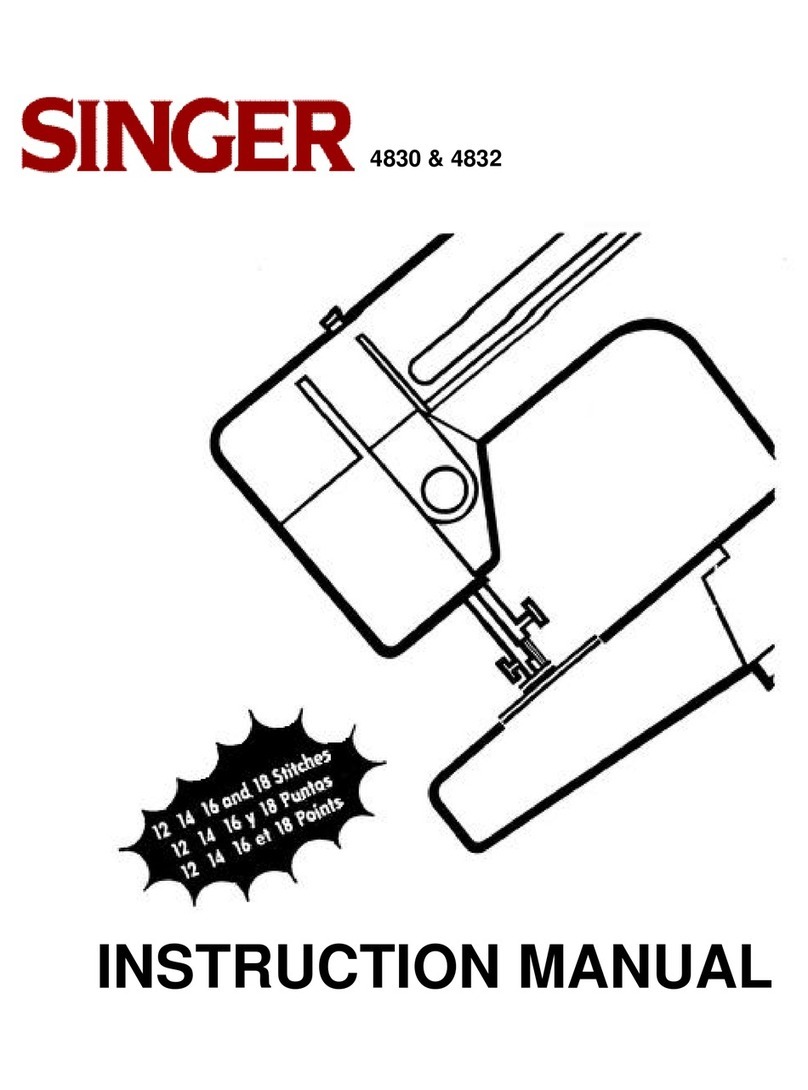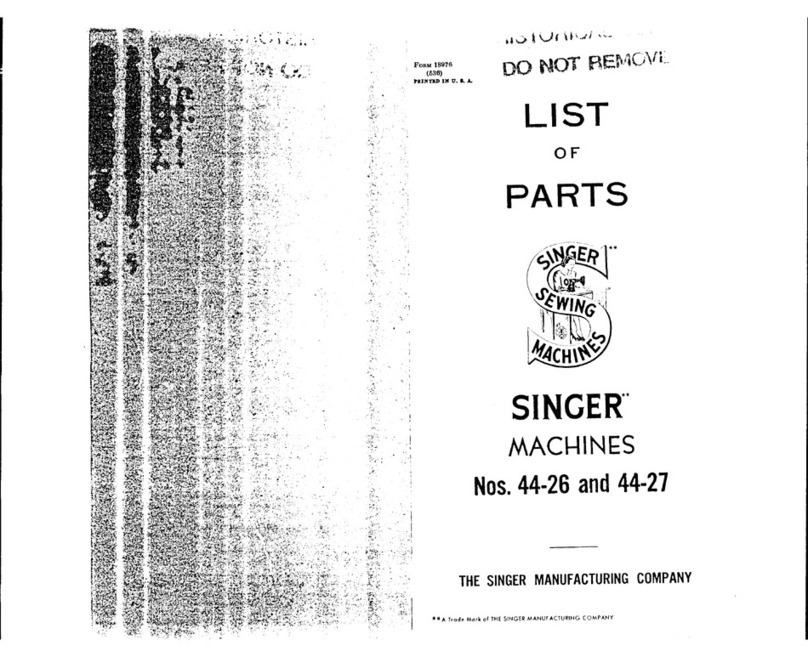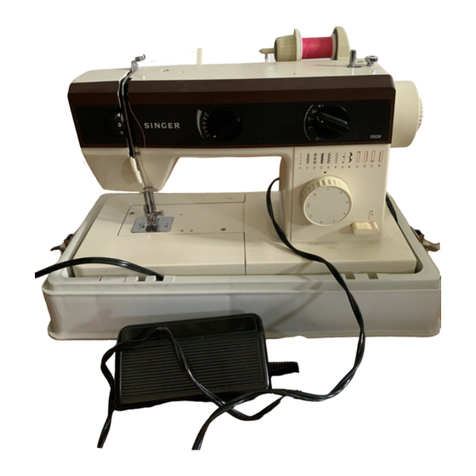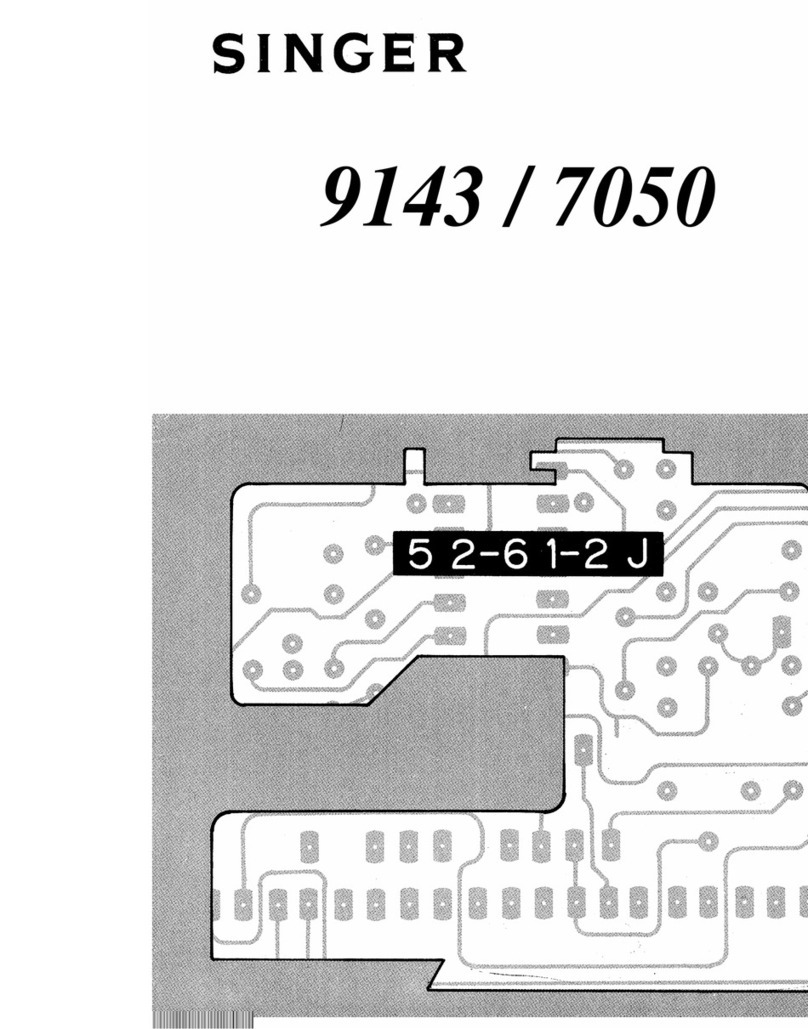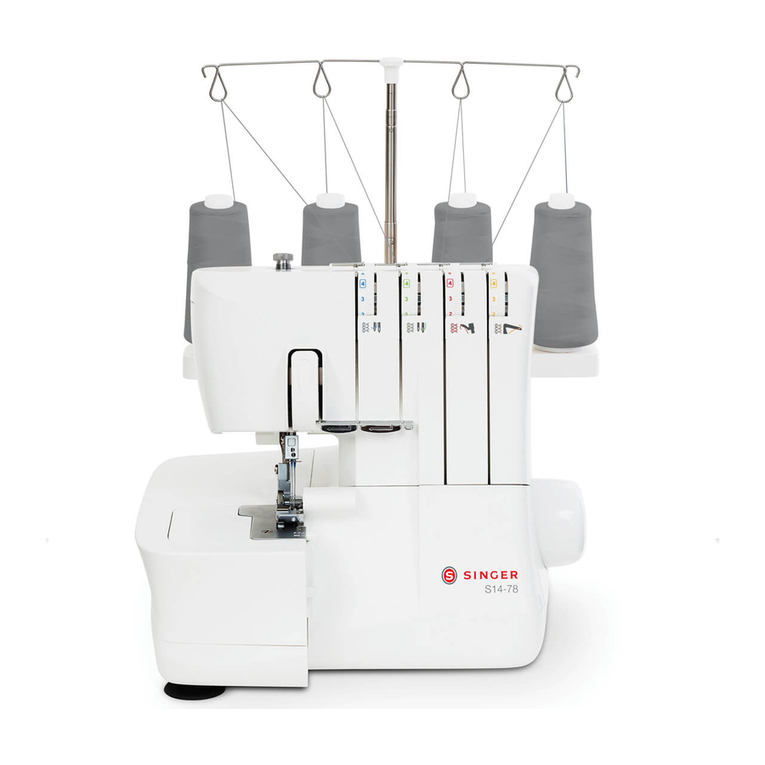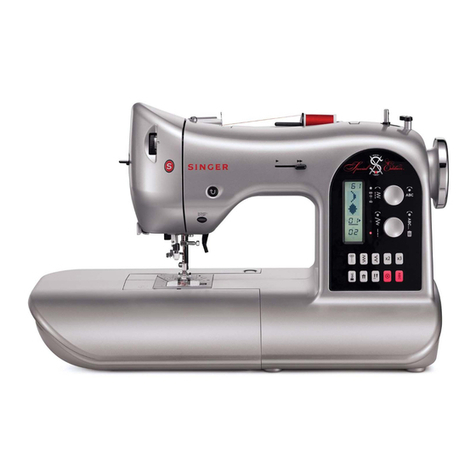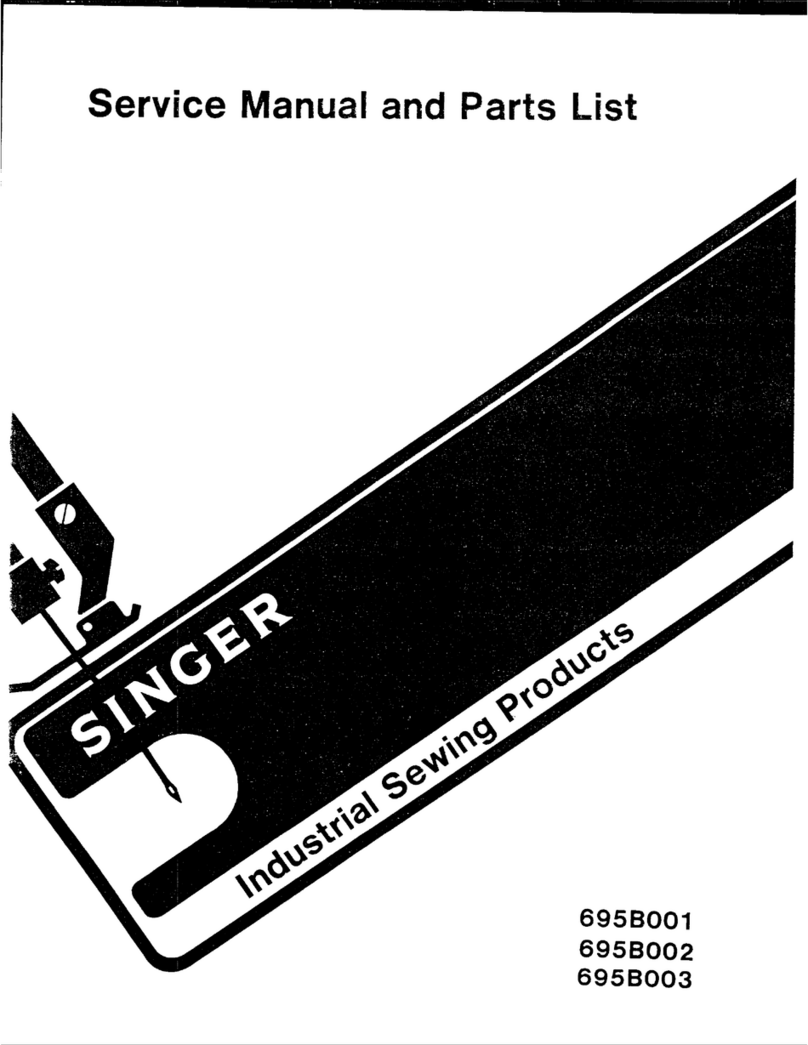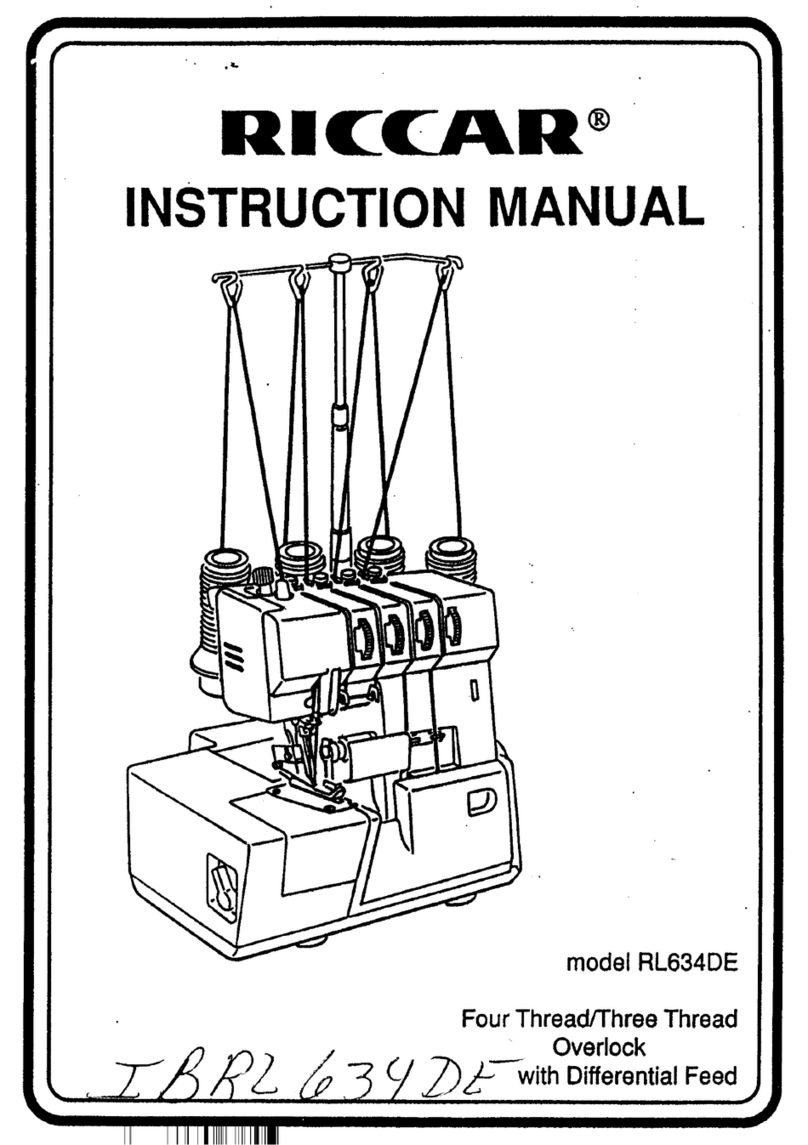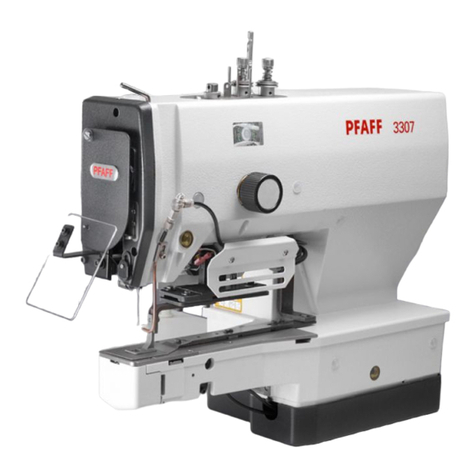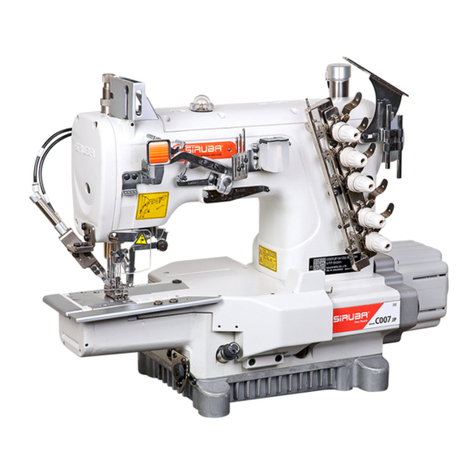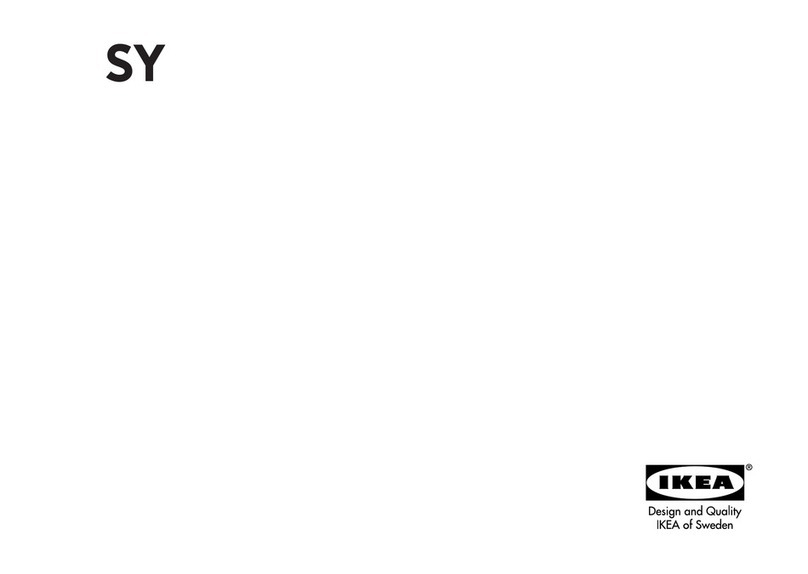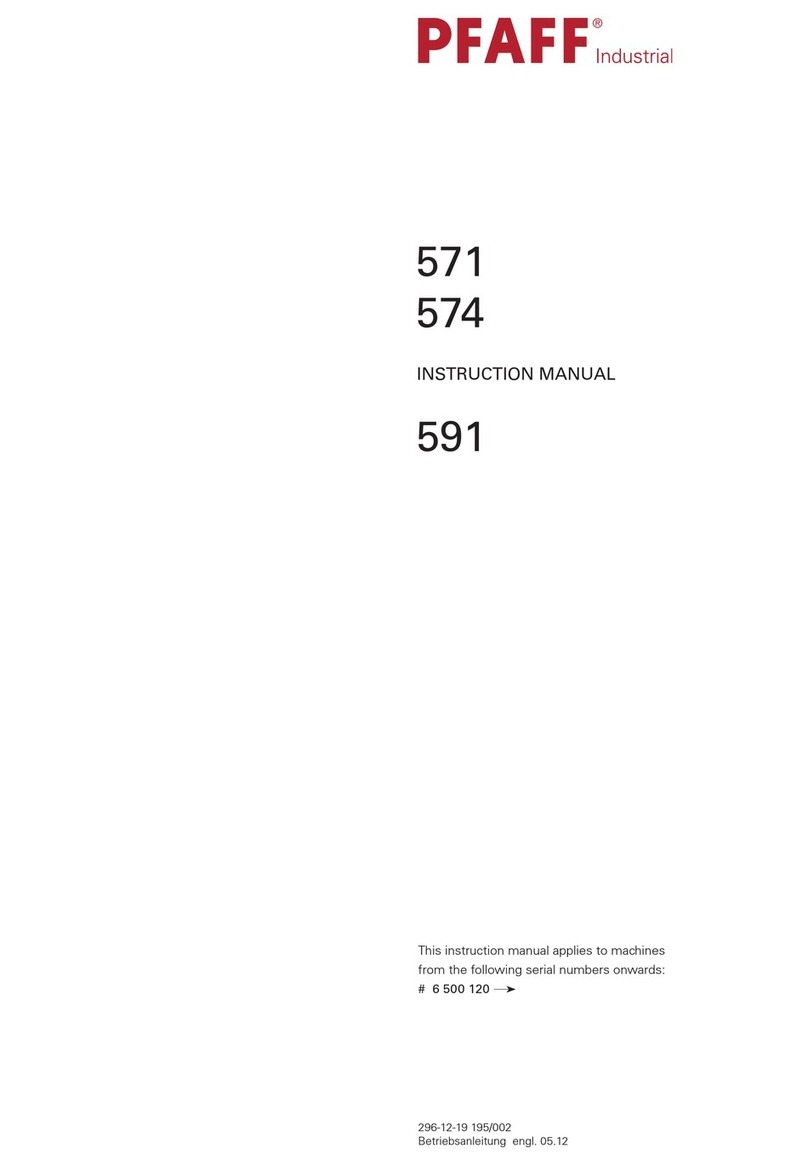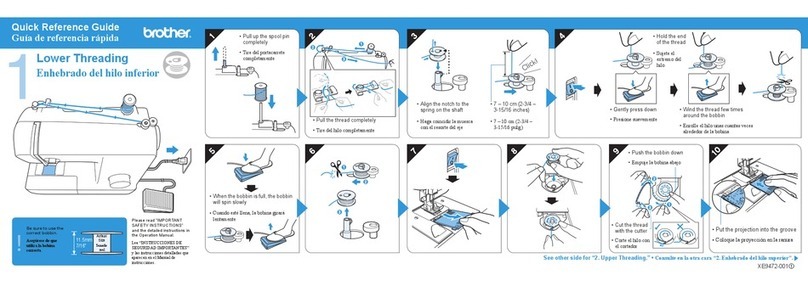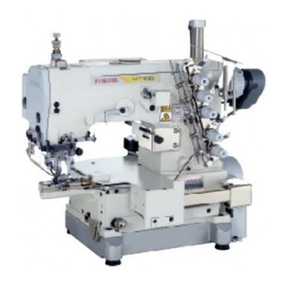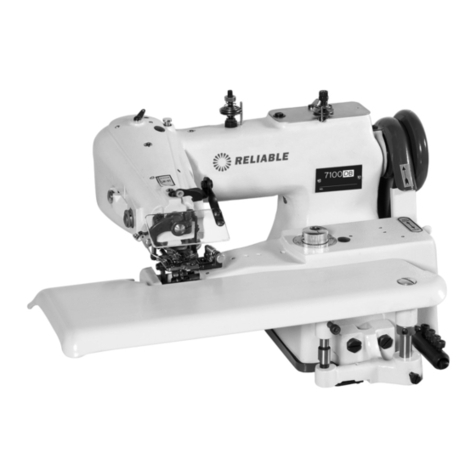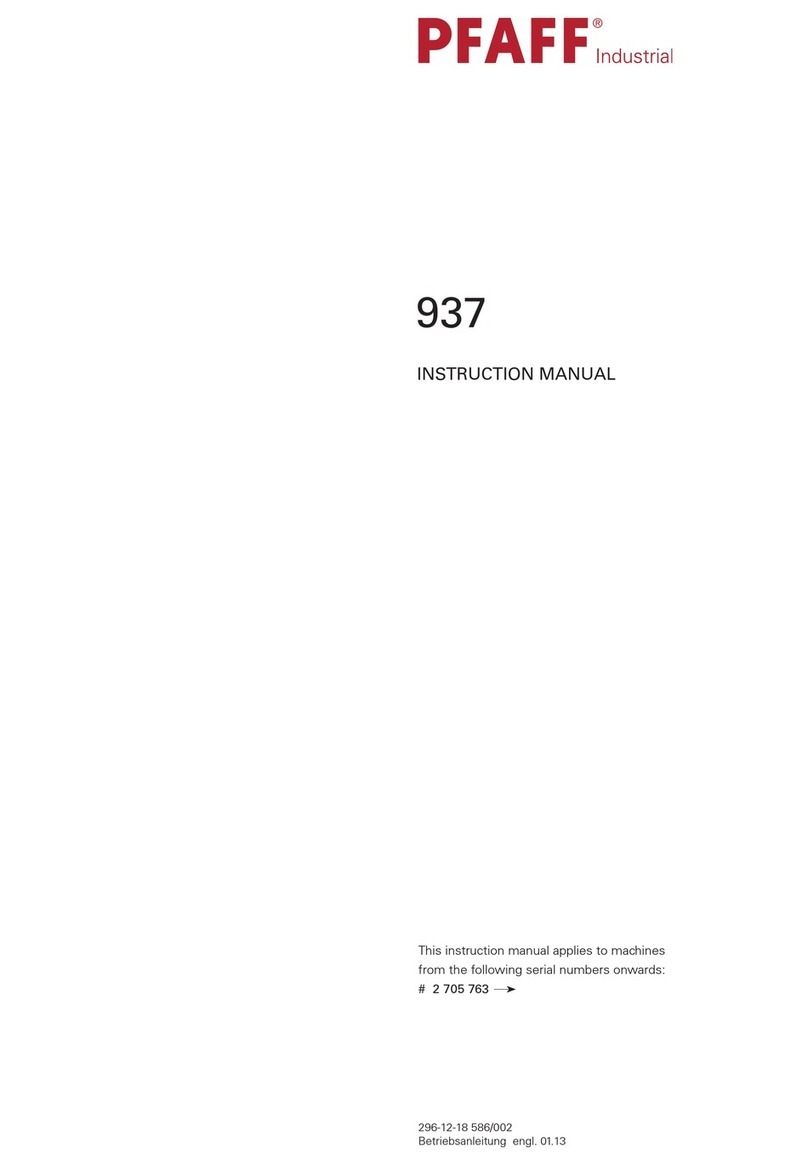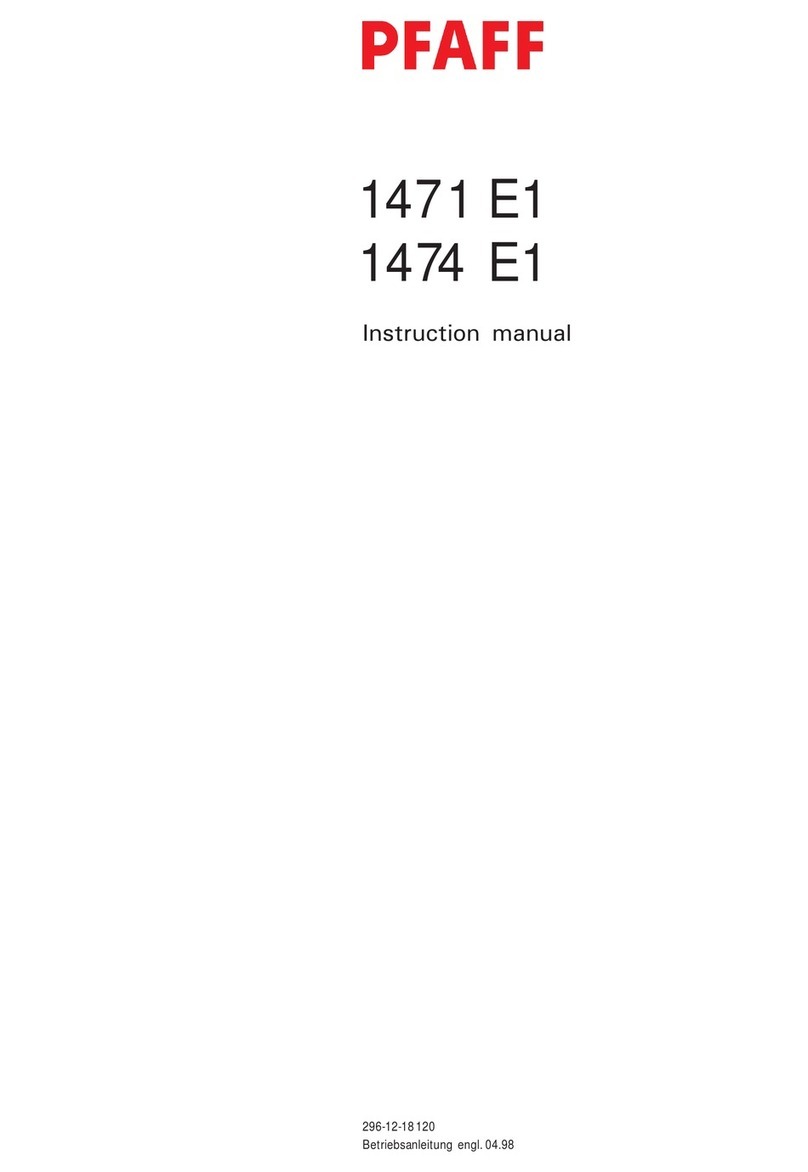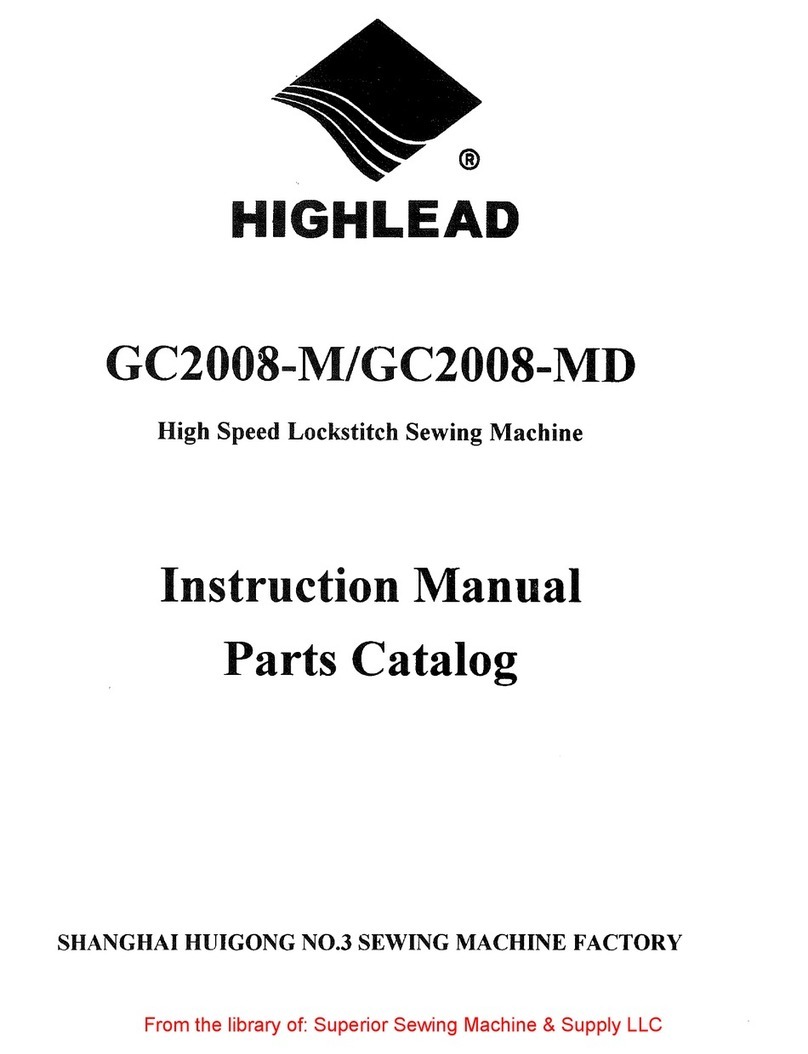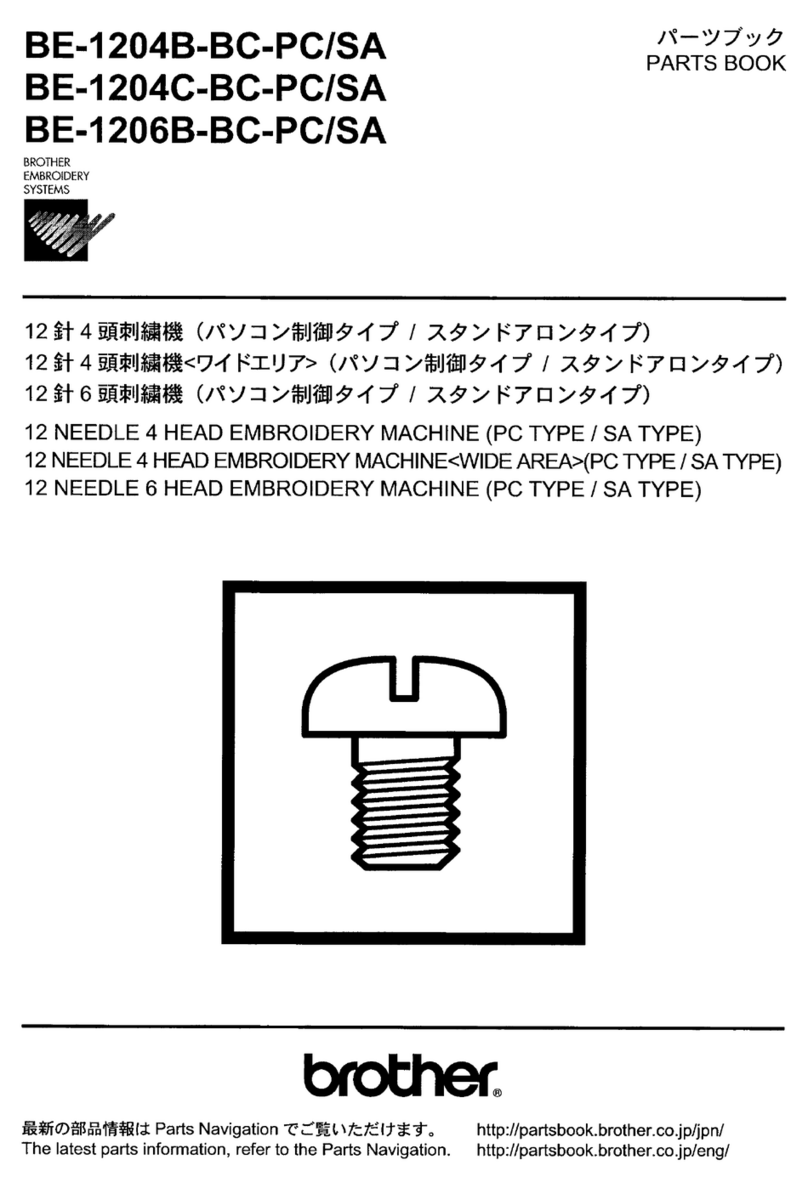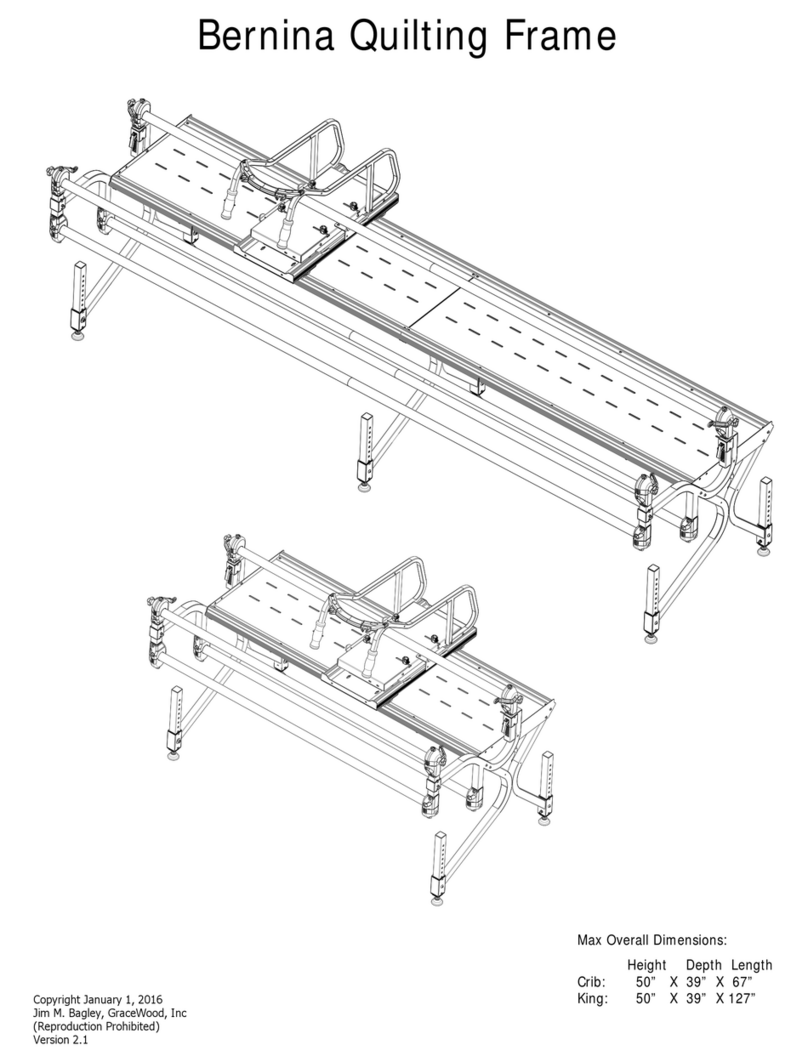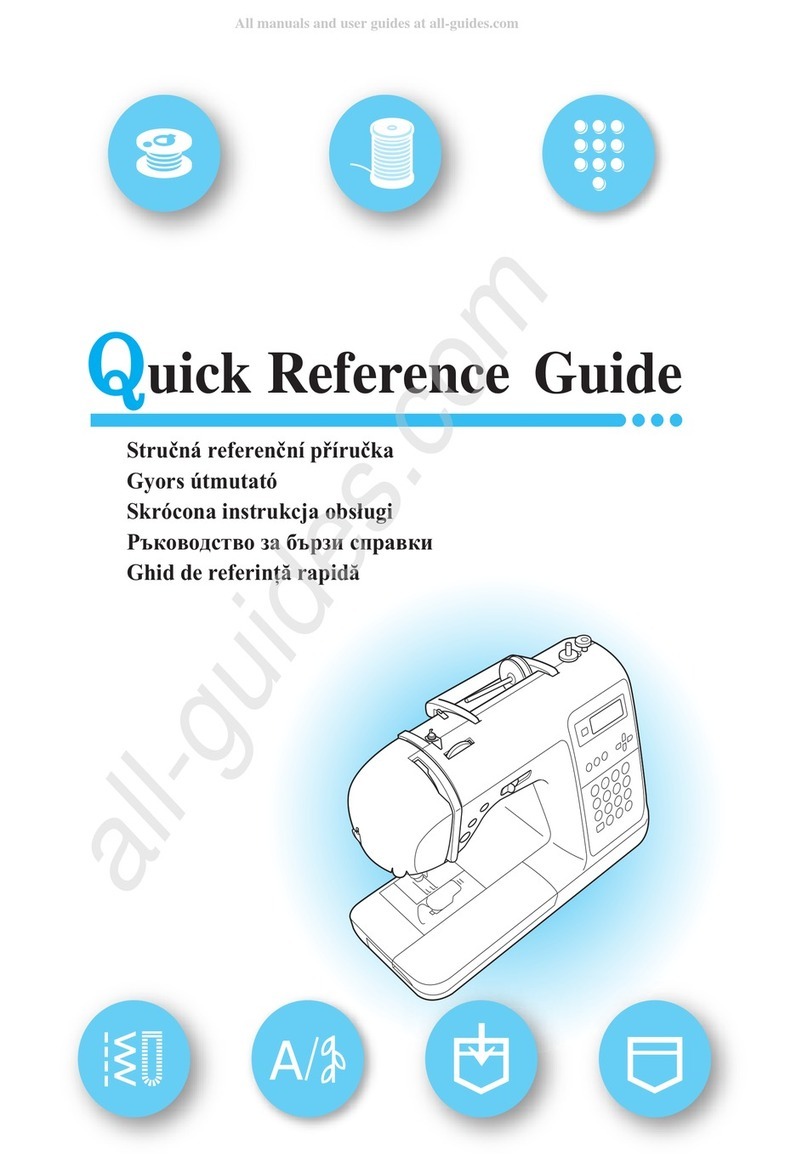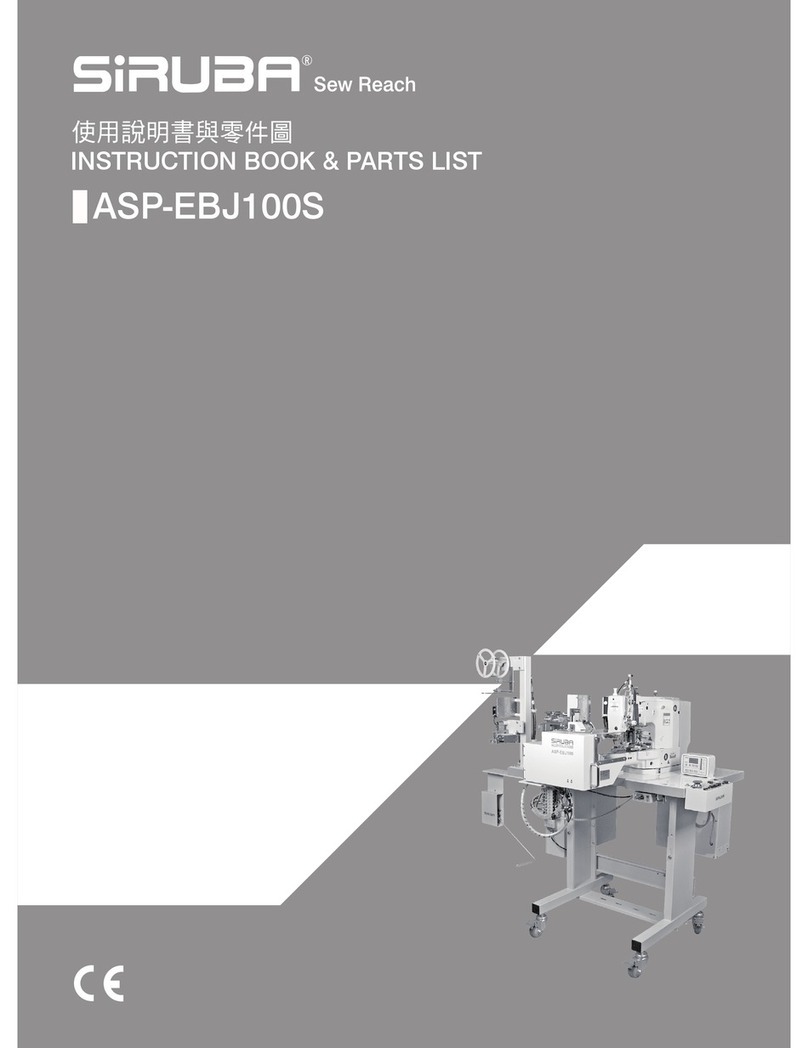Machines of
Class
262 are high speed, drop feed,
chain stitch machines designed for general stitching
operations on fabrics ranging from light to
heavyweight.
Available for single, double or three needle opera
tions such as binding, goring, hemming, lop seam fell
ing, sleeve setting, yoking and plain stitching, these
machines perform outstanding work on trousers, shirts,
jackets, children's wear and
plastics.
General
Characteristics
Three plain super finished bearings support the
arm
shaft.
High
speed
(see
page 4)
.Maximum
speed dependent
upon nature of work and ability of operator.
Automatic lubricating system with oil flow window
in direct view of operator delivers oil to all principal
bearings.
Machine
fitted
with
attachment
slide
to
reduce
effort
and time required to change attachments.
Machine arm provided with
seat
for independent
light fixture mounting.
Looper thread tension releaser supplied if specified
_ on the order,
at
additional charge.
Knee lifter integral with machine base and reservoir.
Foot lifter supplied in place of knee lifter if speci
fied
on
the
order.
Special
Features
of Machine Varieties
Machine
262-1:
For light and medium weight
fabrics.
One needle and one looper.
Stitch length, 6 to 22 to the inch.
Needle bar
stroke,
1
-1/16
inches.
Clearance under presser foot,
1/4
inch (Low Lift).
Machine
262-2
I
For
medium
and medium-heavy weight fabrics.
One
needle
and one looper.
Stitch length,6 to 22 to the inch.
Needle bar stroke,1
-3/16
inches.
Clearance under presser foot,5/16 inch
(Medium
Lift).
Machine
262-3:
For medium-heavy and heavy weight fabrics.
One needle and one looper.
Stitch length, 5 to 22 to the inch.
Needle bar
stroke,
1
-5/16
inches.
Clearance under presser foot,3/8 inch (High lift).
Machine
262-20:
Similar to Machine 262-2
except:
Two
needles
and two loopers
Gauges: 3/32 inch to
1/2
inch in steps of 1/32 inch.
Close
coupled feed roll to aid in correct feeding
of
material.
Machine
262-21:
Similar to Machine 262-1
except:
Two needles and two loopers.
Gauges:
3/32
inch to
1/2
inch in steps of
1/32
inch.
Machine
262-22:
Similar to Machine
262-2
except:
Two needles and two loopers.
Gauges:
3/32
inch
to 1/2
inch
in steps of 1/32 inch.
Machine
262-23:
For
seat
seaming
medium
and
medium-heavy
weight
trousers.
Two needles and two loopers.
Machine
will only be supplied with needles set
tandem
3/16
inch
apart.
Looper throw-out
device.
Stitch length, 6 to 20 to the inch.
Needle bar stroke, 1
-5/16
inches.
Clearance under presser foot,
3/8
inch
(High
Lift).
Machine
262-24:
Similar to Machine 262-23
except:
Machine
will only be supplied with needles
set
diagonally 1/32 inch apart.
Machine
262-25:
Similar
to
Machine 262-2
except:
Two
needles
and two
loopers.
Gauges: 3/32 inch to 1/2 inch in steps of 1/32 inch.
Needle bar stroke,1-5/16"
Machine
262-31:
For sewing medium-heavy and heavy weight
fabrics.
Three
needles
and
three
loopers.
Gauges: 3/32 inch to 3/16 inch betweeneach needle,
Looper throw-out
device.
Stitch length, 5 to 22 to the inch.
Needle bar
stroke,
1
-5/16
inches.
Clearance under presser foot,
3/8
inch
(High
Lift).
Machine
262-32:
Similar
to
Machine 262-31
except:
Close coupled feed roll to aid in correct feeding
of
material.
Needle bar stroke, 1
-7/16
inches.
Foot lifter supplied in place of knee lifter.
